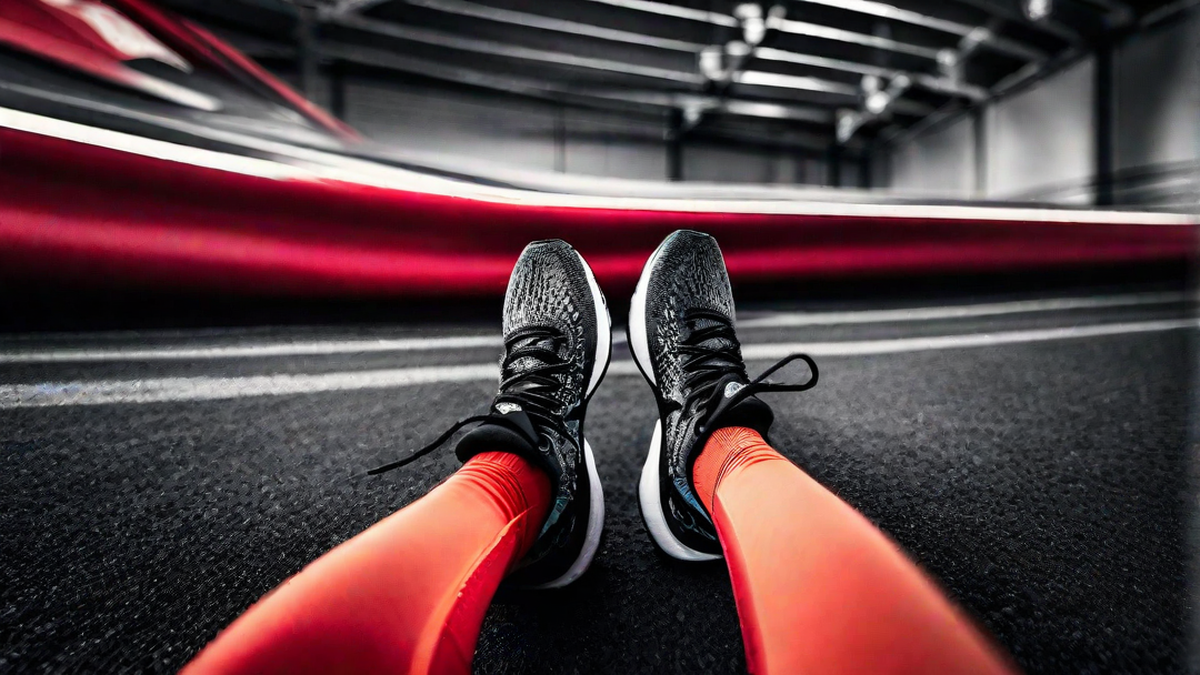When it comes to running, finding the right pair of shoes is crucial. As a passionate runner myself, I understand the importance of having the proper footwear that provides comfort and support while pounding the pavement. In this article, I will delve deep into the world of running shoes and help you understand what kind of running shoes you need.
Understanding Your Foot Type
Before diving into the specifics of running shoes, it’s essential to understand your foot type. There are three common foot types: neutral arches, low arches (flat feet), and high arches. Identifying your foot type will help you determine the level of stability and cushioning you require in your running shoes.
To determine your foot type, perform the “wet test.” Wet the bottom of your foot and then step onto a piece of paper. Examine the outline left behind:
- If you see about half of your arch, you likely have neutral arches.
- If you have a complete footprint without a noticeable arch, you likely have low arches.
- If you see a thin, curved footprint with a narrow band connecting the heel and toe, you likely have high arches.
Knowing your foot type will guide you towards the appropriate category of running shoes.
Categories of Running Shoes
Running shoes are generally categorized into three types: stability shoes, neutral shoes, and motion control shoes. Each category caters to different foot types and running styles.
1. Stability Shoes
If you have neutral arches or slightly low arches, stability shoes are the way to go. These shoes provide a good balance of cushioning and support to prevent overpronation (excessive inward rolling of the foot) and reduce the risk of injuries. They typically feature a medial post or a firmer foam in the midsole to control pronation.
2. Neutral Shoes
Runners with high arches or those who exhibit a supinator (outward rolling of the foot) gait pattern should opt for neutral shoes. These shoes focus on cushioning and shock absorption, providing a comfortable ride without excessive support. They allow your foot to move naturally while still offering sufficient protection against impact.
3. Motion Control Shoes
For runners with severe overpronation or flat feet, motion control shoes are designed to provide maximum stability and control. These shoes feature a firm midsole with a dual-density foam or a rigid support system to counteract excessive pronation. The extra support helps align the foot properly and reduces the risk of injuries.
Factors to Consider
When selecting running shoes, it’s not just about your foot type but also other factors that can affect your overall running experience:
- Fit: Ensure the shoes fit snugly without being too tight. This avoids blisters and discomfort during your runs.
- Cushioning: Choose the level of cushioning that suits your preference. More cushioning provides a softer landing, while less cushioning offers a more responsive feel.
- Weight: Consider the weight of the shoes. Lighter shoes are generally preferred for speed and racing, while heavier shoes may provide more stability and support.
- Terrain: Take into account the type of surface you predominantly run on. There are specific shoes designed for road running, trail running, and cross-country running.
Conclusion
Choosing the right running shoes is essential for optimal performance and injury prevention. By understanding your foot type and considering other factors such as fit, cushioning, weight, and terrain, you can make an informed decision about what kind of running shoes you need. Remember, what works for someone else may not necessarily work for you, so take the time to try on different shoes and find the perfect pair that supports your unique running style. Happy running!

